Step-by-Step Guide to Developing and Maintaining a YouTube Content Calendar for Consistency
Creating a Content Calendar
Step-by-Step Guide to Developing and Maintaining a YouTube Content Calendar for Consistency
When it comes to growing a successful YouTube channel, one of the most important things you can do is maintain consistency. The YouTube algorithm favors creators who upload regularly, and audiences also tend to stay engaged with channels that provide fresh content on a predictable schedule. One of the best ways to ensure consistency and organization on your channel is by developing and maintaining a YouTube content calendar.
A content calendar serves as your roadmap for planning, organizing, and executing your video content strategy. It helps you stay on track with deadlines, reduces last-minute stress, and ensures your content aligns with your goals. Whether you’re just starting or looking to level up your existing channel, a content calendar is a tool that will improve your efficiency and audience retention.
In this guide, we’ll break down the process of creating and maintaining a content calendar, covering everything from goal setting to choosing the right tools. By the end of this article, you’ll have a clear roadmap to develop a content calendar that works for you and helps you grow your YouTube channel consistently.
Understanding the Benefits of a YouTube Content Calendar
Before diving into the specifics of creating a content calendar, it’s essential to understand why it’s so valuable. Here are some key benefits of using a content calendar for your YouTube channel:
Helps Maintain a Consistent Posting Schedule
Consistency is key to building a successful YouTube channel. A content calendar allows you to plan your uploads in advance, ensuring that you have a steady stream of content going live on your channel. It takes the guesswork out of when to post, helping you stick to a regular schedule that your audience can rely on.
Reduces Last-Minute Content Stress
Trying to come up with video ideas or produce content at the last minute can be stressful and lead to rushed, lower-quality videos. With a content calendar, you’ll have a clear plan in place, reducing the pressure of having to scramble for ideas or rush to meet deadlines.
Improves Content Quality and Audience Engagement
Planning ahead allows you to dedicate more time to research, scripting, filming, and editing your videos. This extra preparation leads to higher-quality content that resonates better with your audience. When your videos are well thought-out and produced, your audience is more likely to engage, comment, and share your content.
Setting Your YouTube Content Goals
The first step in building a content calendar is understanding what you want to achieve with your YouTube channel. Your content should align with your overarching goals, whether that’s growth, monetization, brand awareness, or something else entirely.
Aligning Content with Your Overall Strategy
Before setting any specific goals, you need to determine your channel’s mission. Are you aiming to grow your audience rapidly? Are you trying to generate income through YouTube ads, sponsorships, or affiliate marketing? Perhaps you want to raise brand awareness for your business or create content around a specific niche?
Your content calendar should reflect these goals, as each video you produce should contribute to advancing them. For example, if your goal is to grow your subscriber base, you might focus on creating high-engagement content, such as tutorials, Q&A videos, or live streams.
Defining Measurable Goals
Once you’ve defined your broader objectives, it’s time to set specific, measurable goals. This is where the SMART framework comes in handy:
- Specific: Make sure your goals are clear and focused.
- Measurable: Define concrete metrics (e.g., number of views, subscribers gained, engagement rates).
- Achievable: Set goals that are realistic based on your current resources and audience.
- Relevant: Ensure your goals align with your long-term vision.
- Time-bound: Set a deadline for achieving each goal.
For example, you might set a goal to achieve 100,000 views on a specific video within two months or grow your subscriber count by 1,000 over the next three weeks.
Choosing Your Content Categories and Formats
Now that you’ve set your goals, it’s time to think about the types of content you’ll create. This is a critical part of the content calendar because it helps define the variety of videos you’ll upload and keeps your channel dynamic and engaging.
Balancing Evergreen vs. Trending Content
There are two types of content you’ll want to focus on: evergreen and trending content.
- Evergreen content refers to videos that remain relevant over time, such as “how-to” tutorials or reviews that don’t rely on current events. These videos continue to drive traffic long after they’ve been posted.
- Trending content capitalizes on current events, challenges, or viral topics that can generate short-term bursts of traffic. While trending content can be great for exposure, it may not have the same long-term value as evergreen content.
Your content calendar should include a balance of both types to ensure you’re consistently appealing to new viewers while still catering to your long-term audience.
Exploring Different Video Formats
There are many different formats you can use for YouTube videos. Some popular formats include:
- Tutorials: Step-by-step videos teaching viewers how to do something.
- Vlogs: Casual, personal content that builds a connection with your audience.
- Product Reviews: Detailed reviews of products relevant to your niche.
- Shorts: Bite-sized videos that can be easily consumed.
- Live Streams: Real-time interactions with your audience.
By mixing up video formats, you ensure there’s something for everyone in your audience, keeping them engaged and excited about your content.
Researching and Brainstorming Video Ideas
Great content starts with great ideas. Here’s how to find the best ideas for your channel:
Using YouTube Analytics, Google Trends, and Audience Feedback
Your audience’s behavior is a goldmine for video ideas. By analyzing your YouTube Analytics, you can see which videos are performing well and which aren’t. Look for patterns in the topics that generate the most views, watch time, and engagement.
Google Trends can help you stay ahead of the curve by showing you what’s currently popular, especially in your niche.
Additionally, audience feedback—whether through comments, polls, or direct messages—can give you an idea of what your viewers want to see more of.
Studying Competitors for Content Gaps and Opportunities
Researching your competitors is another great way to get inspired. Identify successful channels in your niche and analyze their top-performing videos. What topics do they cover that you could expand on or improve? This can help you identify content gaps and differentiate yourself in the marketplace.
Keeping an Idea Bank for Future Reference
Don’t wait until the last minute to come up with video ideas. Create an idea bank or a brainstorming document where you can jot down content ideas as they come to you. This way, when it’s time to plan your calendar, you already have a list of potential topics to choose from.
Selecting the Right Tools for Your Content Calendar
There are many tools available to help you create and manage your YouTube content calendar. Here’s an overview of some of the best options:
Google Calendar, Trello, Notion, and Airtable
- Google Calendar: Simple and easy to use for scheduling video uploads and reminders.
- Trello: Great for organizing video ideas, status updates, and workflow stages.
- Notion: A versatile tool that combines note-taking with project management. You can create a detailed calendar and organize ideas in one place.
- Airtable: A flexible database tool perfect for tracking content production, ideas, deadlines, and more.
How to Use Spreadsheets for Content Tracking
You can also use spreadsheets (like Google Sheets or Excel) to track your content schedule. Create columns for video titles, deadlines, video status (e.g., filming, editing, published), and any other relevant details. This can be especially useful if you prefer a more hands-on, customizable approach.
Choosing a Tool That Fits Your Workflow
Pick a tool that works best for your style and workflow. Some creators prefer the simplicity of a calendar app, while others like the project management capabilities of Trello or Notion.
Building and Organizing Your Content Calendar
Once you’ve selected your tool, it’s time to structure your content calendar. Here’s how to organize it effectively:
Structuring Your Calendar by Video Type, Upload Date, and Workflow Status
Break your content calendar down by video type, upload date, and workflow status. For example, you might want to note:
- When a video is scheduled to be published.
- What stage of production it’s currently in (e.g., scripting, filming, editing, etc.).
Incorporating Deadlines for Scripting, Filming, Editing, and Publishing
Set clear deadlines for each stage of video production to ensure you stay on track. This includes scripting, filming, editing, and the final review process. If you’re working with a team, make sure everyone knows their responsibilities and timelines.
Allocating Time for Promotion and Audience Engagement
Don’t forget to factor in time for promotion and audience engagement. Schedule time to share your videos on social media, respond to comments, and interact with your viewers. These activities help build community and drive more views.
Scheduling and Publishing Videos Efficiently
One of the advantages of having a content calendar is the ability to schedule videos in advance, ensuring that you stay consistent even when life gets busy.
Best Posting Days and Times for YouTube Engagement
Research the best times to post based on your audience’s habits. YouTube offers analytics that show when your viewers are most active, allowing you to schedule your uploads for maximum engagement.
Using YouTube’s Built-In Scheduling Feature
YouTube allows you to schedule videos in advance, which is a game-changer for maintaining consistency. This ensures that your videos go live at the optimal time, even if you’re not available to publish them yourself.
Planning Batch Filming and Editing for Efficiency
Batch filming and editing are excellent strategies for saving time. By recording multiple videos in one session or editing several videos at once, you’ll reduce the time spent on production and ensure a steady stream of content.
Tracking Performance and Adjusting Your Calendar
Your content calendar should be dynamic, meaning you need to regularly review your performance and adjust accordingly.
Monitoring Analytics to Identify What’s Working
Keep a close eye on your YouTube Analytics to see which videos are performing best. This can help you refine your content strategy and adjust your calendar to align with audience preferences.
Adapting Content Based on Audience Feedback and Engagement Data
If you notice certain topics or formats are driving higher engagement, adjust your content calendar to focus on these. Similarly, if a particular video type isn’t resonating with your audience, consider revising your approach.
Regularly Updating Your Calendar to Stay Relevant
Your audience’s interests and trends will change over time. Keep your content calendar fresh by regularly updating it based on new trends, audience feedback, and performance data.
Creating a content calendar is one of the best ways to ensure consistency, reduce stress, and grow your YouTube channel. By defining your goals, choosing content categories, organizing your workflow, and tracking performance, you’ll be able to plan and execute your content strategy effectively.
Key Takeaways:
- Set clear content goals aligned with your YouTube strategy.
- Use YouTube Analytics and audience feedback to inspire content ideas.
- Choose the right tools to manage your calendar and workflow.
- Schedule your content, track performance, and adapt as needed.
Start building your content calendar today and watch your channel grow!



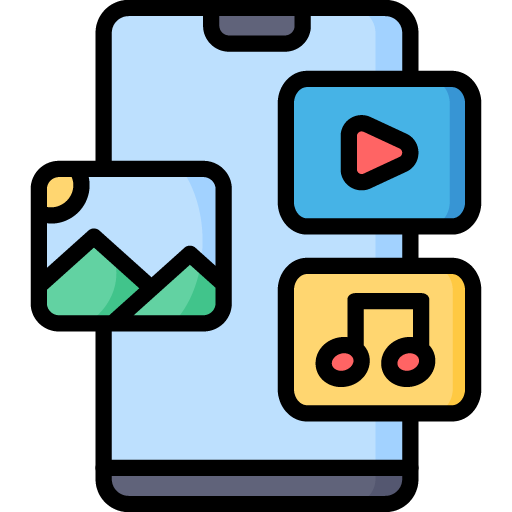
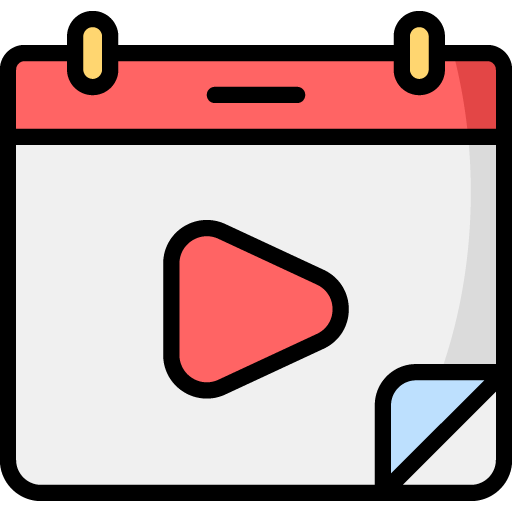
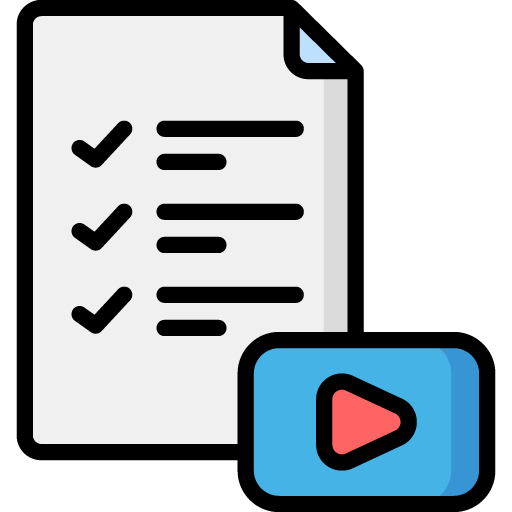
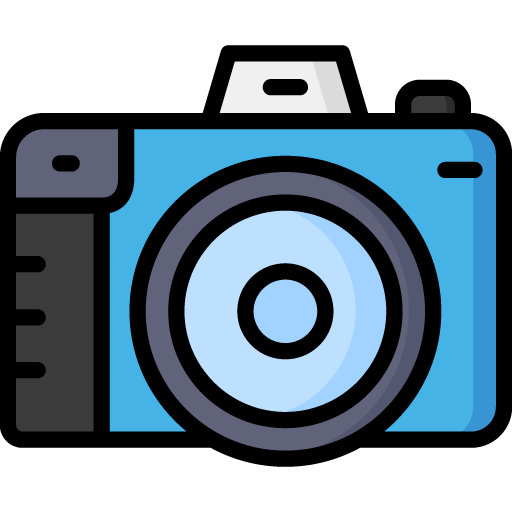
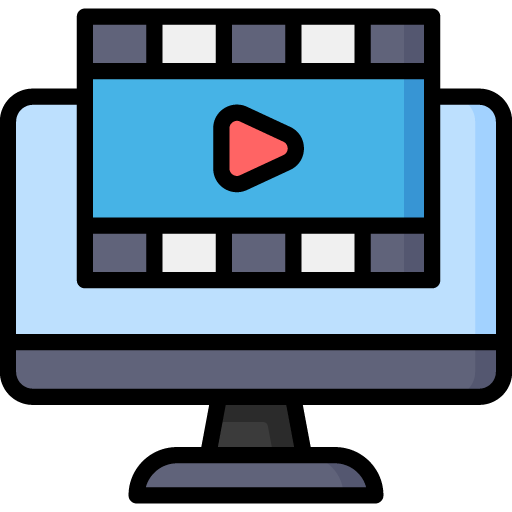 Edit Your Footage
Edit Your Footage
Leave a Reply